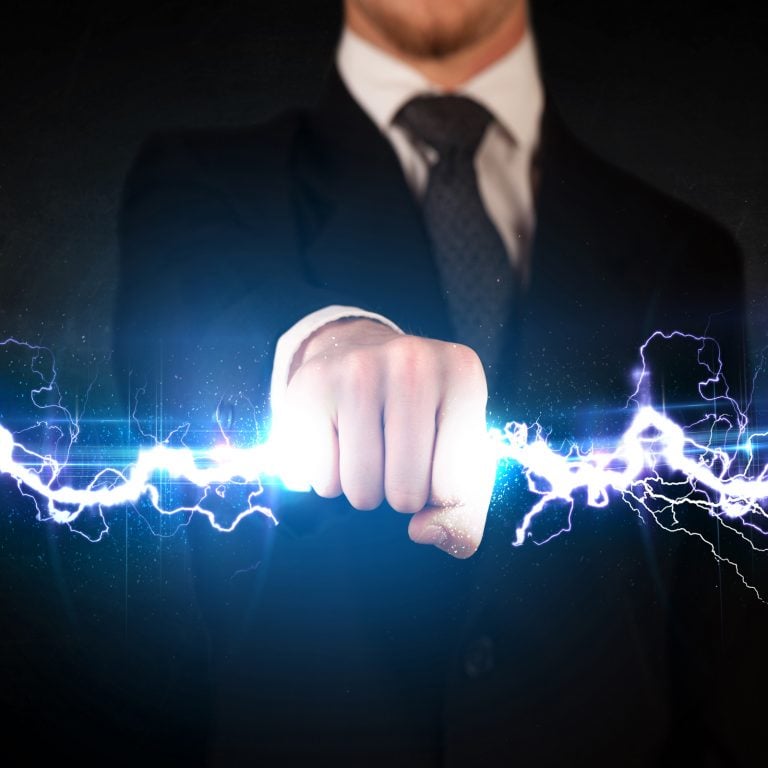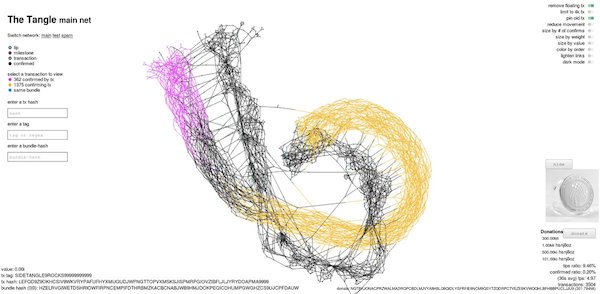
2018-7-31 18:40 |
About two weeks ago news.Bitcoin.com reported on one guy who controlled the Lightning Network’s (LN) biggest node when he commanded 49 percent of the total funds held within the network. Since then, Andreas Brekken, the owner of the blockchain review website Shitcoin.com, wrote four reviews about his node that held 35.24 BTC and his daily experiences using the LN protocol.
Also Read: Market Caps for Privacy-Centric Currencies Have Dropped Significantly
Compiling a Lightning Network NodeThe Lightning Network is a second layer payment protocol that many people believe can solve Bitcoin Core’s (BTC) scalability problem. The reason for this is because the LN system works on top of the BTC chain and because of this factor there would be fewer on-chain transactions. Essentially the system comprises a great number of participating nodes that can send transactions through bidirectional payment channels. Alongside this, there’s been a ferocious debate over the years because people have touted LN as the solution for BTC’s congested mempool, even though the network is very much in its infancy.
Just recently we reported on the owner of Shitcoin.com, Andreas Brekken, when he initially freaked everyone out with a couple hundred grand worth of BTC sitting within his LN node. Both the BTC and Bitcoin Cash (BCH) communities had discussed the subject heavily during the first few days, and Brekken’s story made headlines in multiple news publications and podcasts. Since then Brekken wrote four reviews about his experience being the largest node on the Lightning Network. In Brekken’s first review “Lightning Network #1 Can I Compile and Run a Node,” the review gives some comprehensive insight to successfully installing and configuring the ‘lnd’ protocol. The author notes that the ‘autopilot’ feature helps establish a connection and provides funding to the payment channels.
Brekken compiling lnd, bitcoind, and bitcoin core.Brekken explains there are a few reviews online that detail the Lightning Network’s probability of finding routes, but people who experience issues may be making a simple error. Furthermore, even though the installation process took a lot of time because it requires compiling a BTC full node installation, Brekken details the process was fairly simple to configure.
“Writers critical of Lightning Network claim the probability of finding routes between two random nodes is very low for amounts over $10. I suspect this is because they are choosing random nodes and not peering properly,” Brekken explains.
Compiling, installing, and running Lightning Network Daemon, lnd, was straight forward. I look forward to using payment channels for sending and receiving bitcoin.
Brekken makes headlines for being the largest LN node. Shitcoin.com Becomes the Lightning NetworkIn part two of Brekken’s review, he says maintaining a payment hub is becoming stressful and routing doesn’t make that much money. “When I started writing the review the total capacity of the Lightning Network was slightly over 20 BTC (around $130,000) — I decide to shake things up,” Brekken notes. “Reactions to my experiment on social media are mixed. The increase in capacity of the Lightning Network is celebrated by some.”
Brekken’s Shitcoin.com node held 35.24 BTC.“My Lightning Network node has established over 200 payment channels with 250 peers. The node capacity is exceeding 40 bitcoin. The month_fee_sum comes to 4289 satoshis, or 0.00004289 bitcoin ($0.31). I also wonder how any payments have been routed,” he adds.
The node has routed 260 payments for other users, averaging a profit of $0.0012 USD per transaction. I doubt that this will cover the costs of running the node, but leave the node running for now.
LN Impractical Even for Highly Technical UsersBrekken’s third review, called “Lightning Network #3 Paying for Goods and Services,” shows his experiences sending payments through the network. First Brekken heads over to a website called Satoshitweet to pay a small microtransaction for a posted tweet on the platform. However, after clicking the ‘Pay 2020 satoshis’ to tweet button he gets an error. “I click the button a few more times — The error remains the same — I look in the Google Chrome network inspector and SatoshiTweet is returning a generic 500 Internal Server Error response.”
The review then discusses trying to use an LN-based dice game called ‘Lightning Spin’ but Brekken has issues with the site glitching and invoices changing rapidly. After resetting his browser and getting a stable invoice Brekken sends some funds. “The payment will be sent through two hops and pay 1800 msats (0.00000002 BTC or 0.000135 USD). Back in the web browser the spin has been detected and I have won 400,000 sats (0.004 BTC or $30 USD).”
Brekken wins $30 bucks on Lightning Spin.After playing around with Lightning Spin, Brekken tests out various other LN web portals like the Blockstream store, Bitrefill and Satoshi’s Place while experimenting with both the Eclair and Zap wallets. Minus an order for Reddit Gold on the website Bitrefill and Brekken’s win on Lightning Spin, most of the attempts had errors. Brekken concludes in his third review:
Sending payments using the Lightning Network is cheaper than the regular Bitcoin network, but suffers from routing errors and wallet bugs that make it impractical even for highly technical users.
Shitcoin.com makes its mark on the pixel site Satoshi’s Place. Stressing Out About a Possible Lightning Network ExploitBrekken wraps up his final review in his Medium article called, “Lightning Network #4 What Happens When You Close Down Half of the Lightning Network Capacity?” Brekken says operating the largest nodes within LN was fun, but also “terrifying” at times. Brekken’s node has routed 389 payments in total which added up to a profit of USD$0.34 cents. But a portion of the funds didn’t come from routing as Brekken notes, “I suspect the increase is mostly from the recent increase in bitcoin’s price.” Brekken also tries to close the connected channels manually but ran into some more errors making some channels unable to close.
So Brekken ‘force closed’ all his channels unilaterally which locks up his funds until a predetermined amount of time ends. “The amount of time the funds are locked up depends on the channel policy — This policy is negotiated when the channel opens. Most channels will release the funds to me in between 1440 and 20180 minutes,” Brekken emphasizes.
The Shitcoin.com owner concludes his fourth review by saying he looks forward to trying LN when it matures more and says that leaving funds on the network can be trying.
“Running a large Lightning Network node has been quite stressful — An exploit such as we saw with heartbleed could allow an attacker to drain all funds from the node while I’m sleeping. It’s time to end the experiment,” Brekken concludes.
Operating the largest node on the Bitcoin Lightning Network has been educational, frustrating, fun, and at times terrifying. I look forward to trying it again once the technology matures.
What do you think about Brekken’s reviews of the Lightning Network? Do you think the technology will help scaling issues? Or do you think the technology will be centralized and not efficient enough to help with scaling? Let us know what you think about Brekken’s reviews in the comment section below.
Images via Shutterstock, Pixabay, Bitcoin Exchange Guide, Twitter, Shitcoin.com, and Andreas Brekken.
Verify and track bitcoin cash transactions on our BCH Block Explorer, the best of its kind anywhere in the world. Also, keep up with your holdings, BCH and other coins, on our market charts at Satoshi’s Pulse, another original and free service from Bitcoin.com.
The post A Look at What It Was Like to Operate the Lightning Network’s Largest Node appeared first on Bitcoin News.
origin »Santiment Network Token (SAN) íà Currencies.ru
|
|














